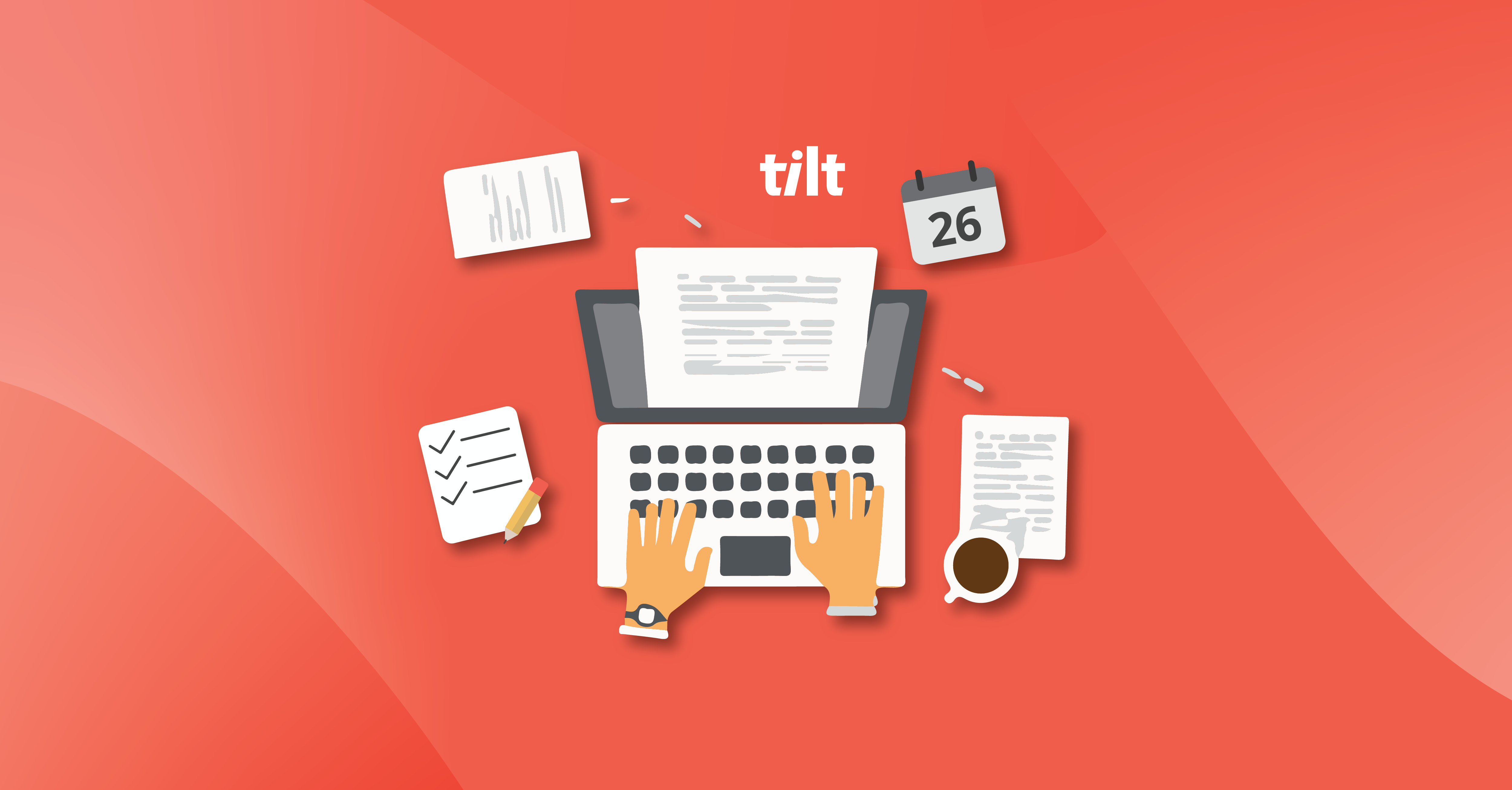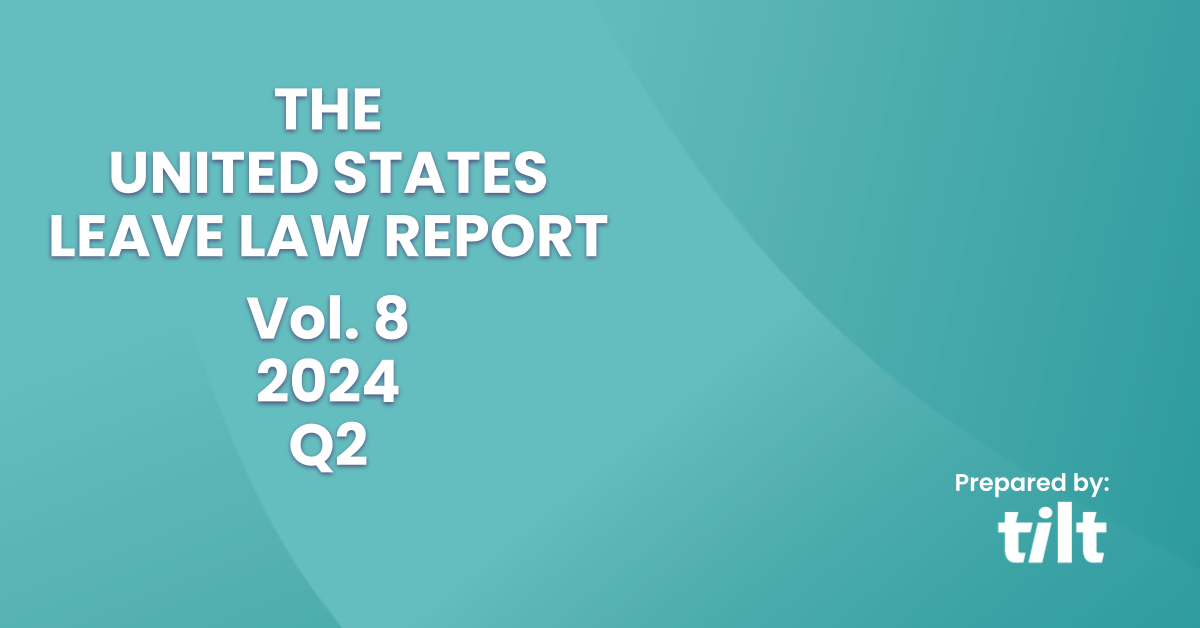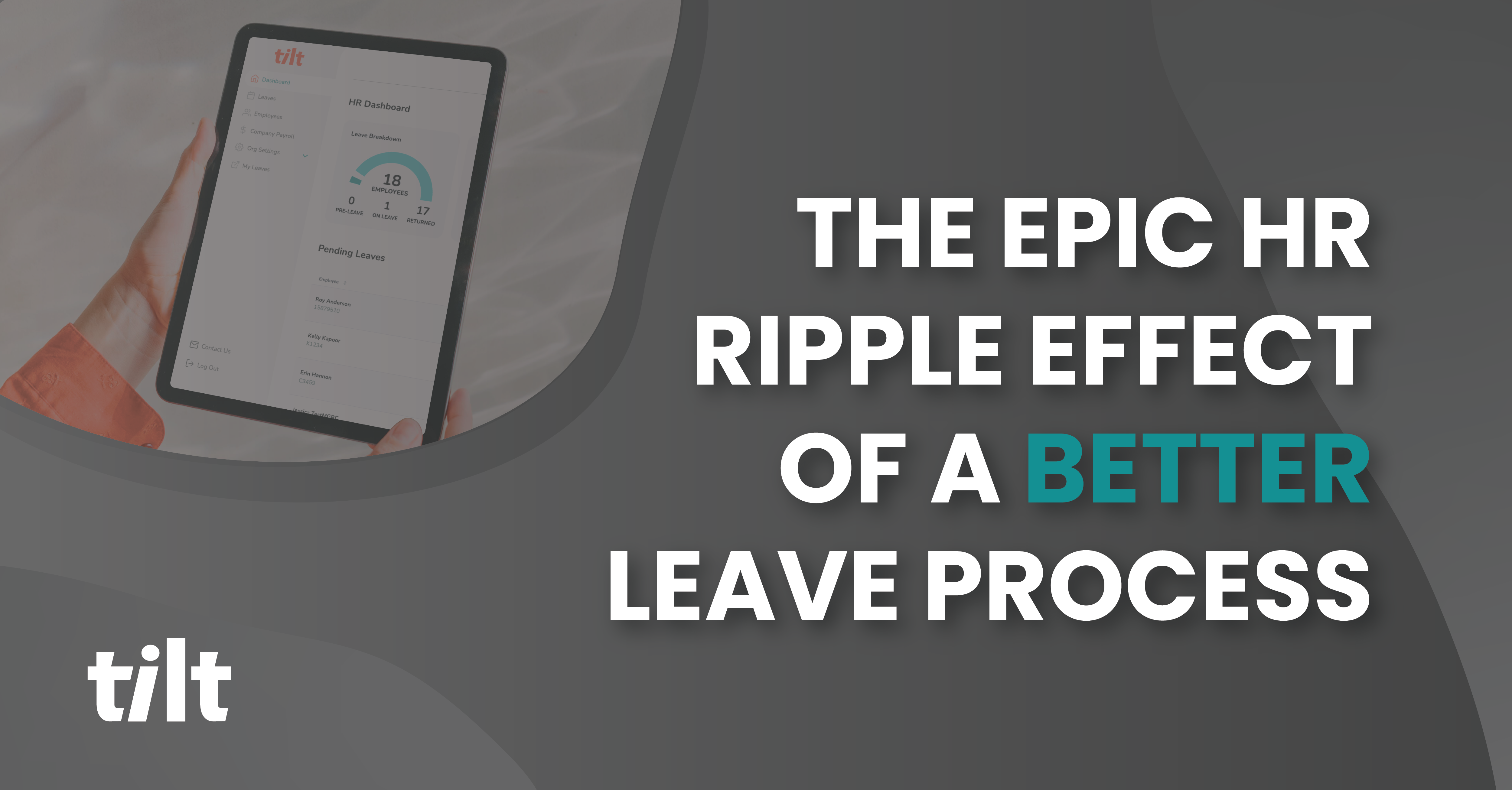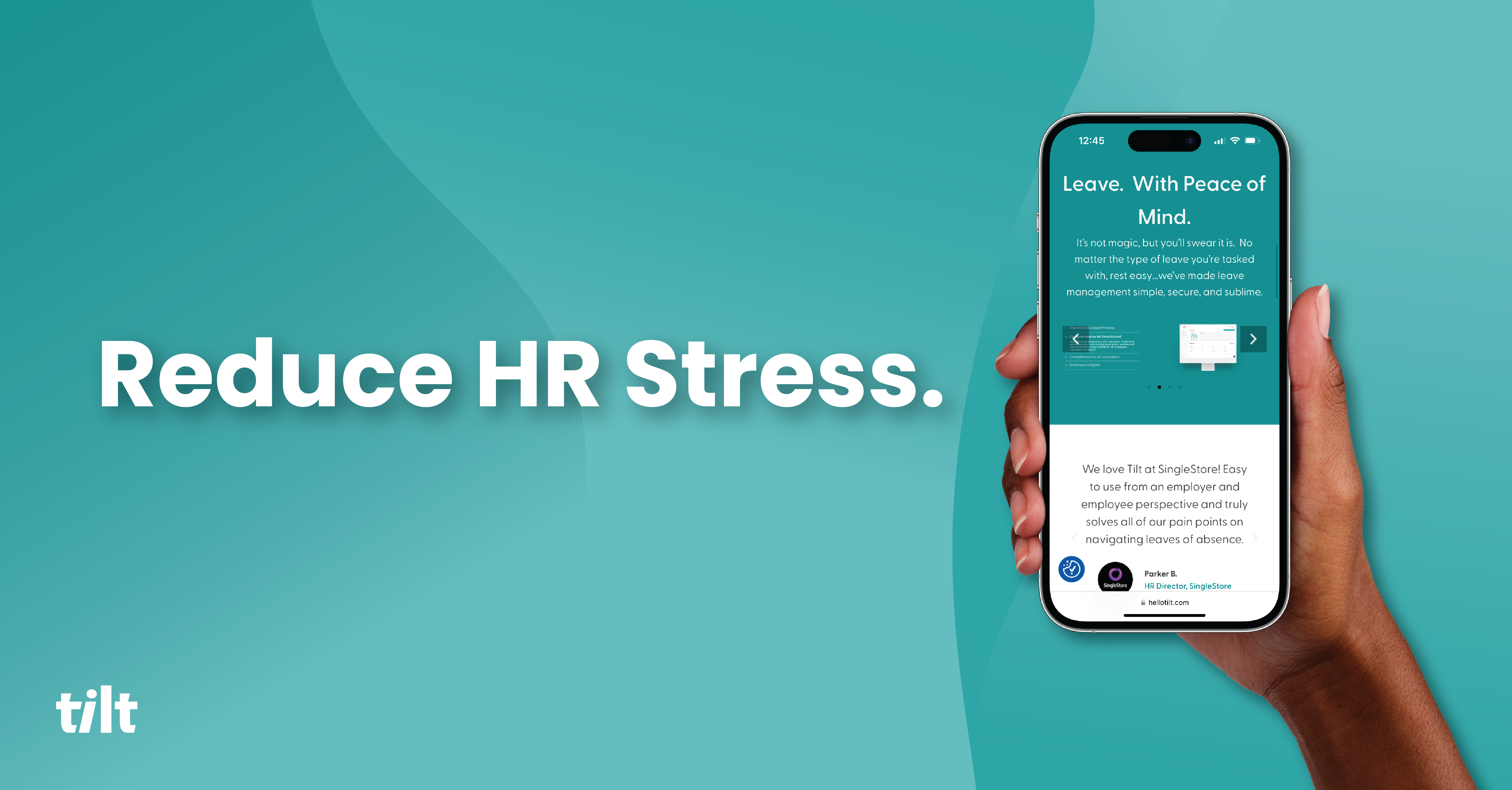We’re gradually coming out of a mental wellness ice age. The stigmas around mental health are melting slowly but surely, organizational support is rising, and since the introduction of the ACA, insurance companies are providing benefits that cover services to treat mental health needs that employees may have been previously denied due to pre-existing mental health conditions. In fact, a study conducted by America’s Health Insurance Plan (AHIP) revealed that 3-in-4 insured Americans (73%) found it easy to get the care they needed.
Fueled by the…*looks around*…state of things in our world today, however, the need for support is only going to get greater as the emphasis on mental health throughout our society gets the shine it deserves.
One of the impacts this has on the workforce is that employers are now expected to do a better job meeting the mental health needs of their employees, and while that doesn’t seem like a groundbreaking concept, it has real implications on how people teams will have to navigate and manage the rising leave of absence requests connected to mental health.
What Does Supporting Employee Mental Health Look Like?
While it’s true the stigmas around mental health aren’t what they used to be, in a good way, there is still more work to be done both to encourage employees to value their own mental health, and for employers to create an environment where employees to feel safe to seek the time and help they need.
According to a study by The Hartford, 31% of employees are still fearful of workplace repercussions if they take a leave of absence. Employers are doing much better about providing leaves of absence for mental health wellness, but it’s not just about a day off being approved, it’s only effective support if the employee feels comfortable asking for the day(s) to take care of themselves.
Creating an environment that empowers employees to look after their mental health starts at the top. Here are some green flags to look for or strive for within your organization:
- Don’t just lead by example, leave by example. Employees take their cues from leadership’s tone as it pertains to what is considered appropriate workplace behavior, and that certainly extends to leave. The more demonstrative leadership is about valuing their own mental health and taking the time necessary to nourish it, the more employees will feel comfortable doing so.
- Provide resources on-demand. The FMLA provides job-protected leave to address mental health conditions, but your employees might not know that. Waiting for an employee to ask for help might already be too late, so give them the tools to be successful when addressing their mental well-being. Offer access to apps that can help with sleep and stress reduction. If you’re working in an office, explore dedicating a space for meditation, mindfulness training, and/or yoga classes at work.
- Be proactive to help avoid burnout. If you offer limited vacation time, encourage employees to use it. Perhaps even more importantly, if you have unlimited PTO, make it crystal clear that it’s in your organization’s best interest that your employees take it.
Supporting your people to promote better mental health is more than just having policies in place you can point to in your employee handbook. It takes buy-in from your company culture from the top down.
The Impact on Leave Management
If the first step toward fostering a safe environment for employees to take mental health leave is addressing it culturally within your organization, the second step is to effectively manage that leave with full support and empathy. With the recent seismic shift in our understanding of the importance of mental health, the impact it is having on leave management today and in the future can’t be ignored.
The trend of employees taking a leave of absence to address their mental health needs will only continue to climb, and with that extra administrative burden to accommodate your people when they need it most falls on People Teams that are already short-staffed and overworked.
If you’re like most you’re seeing a rise in leave requests and are being asked to manage them with outdated and disjointed systems. The result of doing so is a frustrating and inefficient experience for you (as if you needed us to tell you that), and a cold and confusing experience for your people. This goes well beyond just tracking leaves, of course.
One of the more overlooked elements for managing any leave, but particularly a leave related to mental health, is how important it is to educate managers on the details of a mental health leave. The unfortunate truth is some managers won’t understand why an employee might need to take time away from work to address mental health concerns, so it’s imperative to not only stay up to date on the latest leave laws across the country, but to keep managers in the loop and inform managers of what they can and can’t say to their employee taking leave.
The impact increased mental health awareness and growing employer support has on the future of leave management is pretty clear; mental health leave requests will continue to rise, and the expectation to support them with compassion will fall on the shoulders of HR.
Why It Matters To Support Your People When They Need It
Supporting employee mental health is the foundational element of any strong company culture. Your organization is only as healthy as the people who are pulling the levers to drive your success. This means that a company should be putting practices and procedures in place to best equip its people with the tools and support they need to be their best selves both inside and outside of the office.
When a big mental health moment hits and a leave of absence is required, smoothly transitioning your employees from work life to real life back to work life is vital to employees feeling like their organization truly supports them when they need it.
The pressure and demands on people teams to deliver the goods when managing mental-health-related leaves will only continue to rise, so make sure you’re set up for scalable success and make it easy for your employees to be human.
About Tilt
Tilt is leading the charge in all things leave of absence management through easy-to-use tech and human touch. Since 2017, our proprietary platform and Empathy Warriors have been helping customers make leave not suck by eliminating administrative burdens, keeping companies compliant, and providing a truly positive and supportive leave of absence experience for their people.







